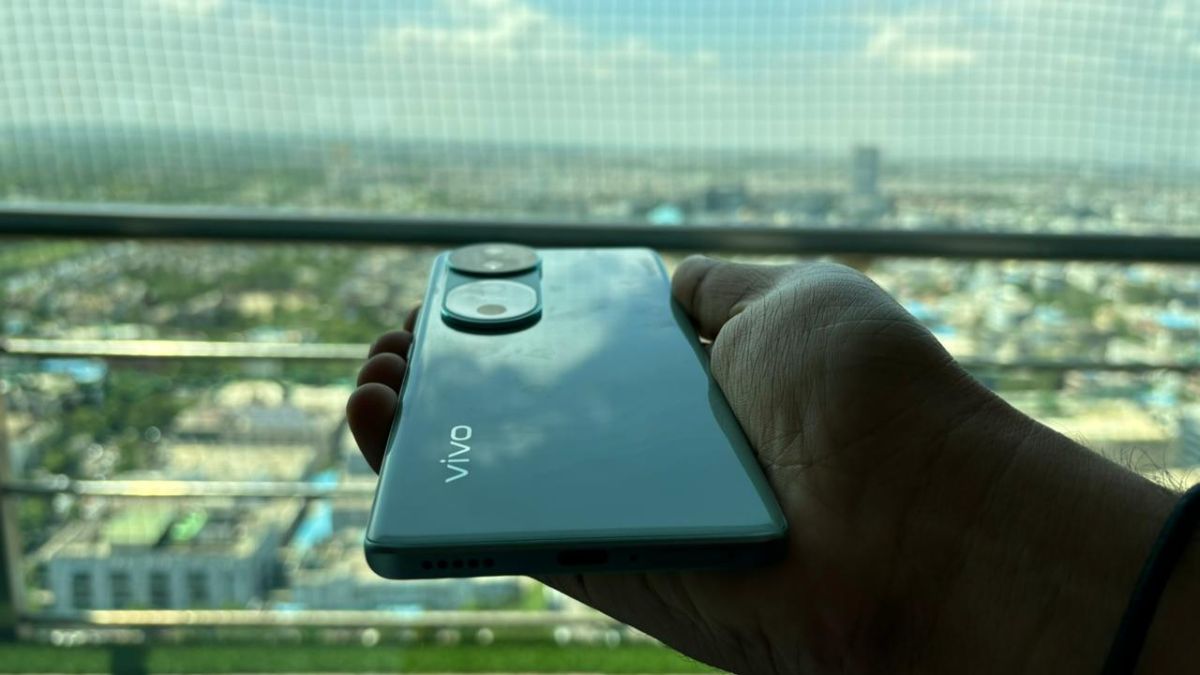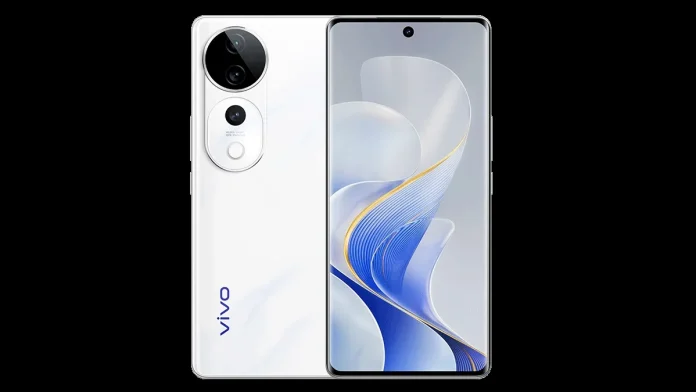Vivo V40 Review Vivo has launched a new smartphone in its V40 series. The latest phone comes with IP68 rating and 5500mAh battery supporting 80W fast charging. How much value for money is the phone? What are its advantages and disadvantages? How does it perform in multitasking? Answers to all the questions will be found in this review.
Vivo has recently launched two new smartphones in its V series. Vivo V40 and Vivo V40 Pro, which come in the premium mid-range and flagship killer segment. We have used Vivo V40 of the series for a few days. During this time, the smartphone impressed us in most cases, while the company could have done some things better in it, but did not. Overall, the phone offers the best features in the segment. The price of Vivo V40 (8GB / 128GB) starts at Rs 34,999.
In such a situation, the basic question is whether it is beneficial for the users to spend so much money for the phone or should they turn to some other option. How is the performance, how long does the battery last and many more questions will be in your mind, which will be resolved after reading this review.
Design and display

Vivo V40 retains the design with curved edges and sleek form factor like its previous model, but some basic things have been improved in it, like this time the phone has got IP68 rating, which will keep it safe from water and dust. In terms of security, the company has offered aluminum alloy frame and metal bezels around the camera bump. The design of the phone looks attractive at first glance, but after using it for a long time, one gets bored of the design, which happened with me as well. The latest V40 comes in Ganges Blue, Titanium Grey, and Lotus Purple colors. We got Ganges Blue for review.
Talking about the display, the V40 has a 6.78-inch 1.5K (2800 × 1260 pixels) OLED 3D curved screen. The display has a 120Hz refresh rate which is great for gaming and enables smooth navigation. The colors on the display look very vibrant, if you are fond of watching movies then the display can impress you to a great extent.
Is the phone a performance booster?
The phone easily handles difficult tasks like multitasking and gaming. The Snapdragon 7 Gen 3 chipset installed in it is paired with 8GB LPDDR4X RAM and up to 256GB of UFS 2.2 storage. As much as I used the phone, I did not face any problem anywhere. I expected Vivo to use a new chipset in the phone this time. But it did not happen. Which disappoints me a bit. Because it has the same chipset that powers the Vivo 30.
Camera
The company kept the camera at the center while teasing this phone, which is also natural because this time the phone has three 50MP sensors on both sides. The Vivo V40 has a dual-camera setup at the back. The setup includes a 50MP primary sensor with OIS and f/1.88 aperture and a 50MP Samsung JN1 ultrawide lens with f/2.0 aperture. On the front, the Vivo V40 has a 50MP selfie camera sensor with autofocus and f/2.0 aperture.
We tried to take some pictures from the Vivo V40. The main camera captured photos with clear colors and good exposure during the day and night. The V40 offers several portrait modes. The phone also offers many different portrait filters and modes. In terms of selfies, a 50MP sensor has been installed here as well. The V40’s camera system also has studio-quality Aura Light, which performs much better than the flash lights normally found in phones. Both cameras easily record 4K videos, without any hassle.
Picture taken with camera
Battery and charging
The battery backup of the phone is amazing, the company has used a jumbo battery pack in it. Once the device is charged, if it is used normally for one and a half to two days, then the battery will easily last. It has a large 5,500 mAh battery that supports 80W charging. It takes about 45 to 50 minutes for the phone to be fully charged.
Final Verdict
If you are considering Vivo V40 as a complete upgrade of the previous model, then it is probably not so, the company has taken many things from the old model. Except the battery and camera. The size of the battery has been increased in it, along with the camera quality has also improved a lot, which has been possible due to ZEISS optics. This time Vivo has used ZEISS sensors instead of normal sensors. Due to which it is a big upgrade from the previous model in terms of photography. Overall, it can be said that the performance, display quality and charging speed of the phone are all excellent. The phone is offering many great specs in the premium mid-range, which make it special.






